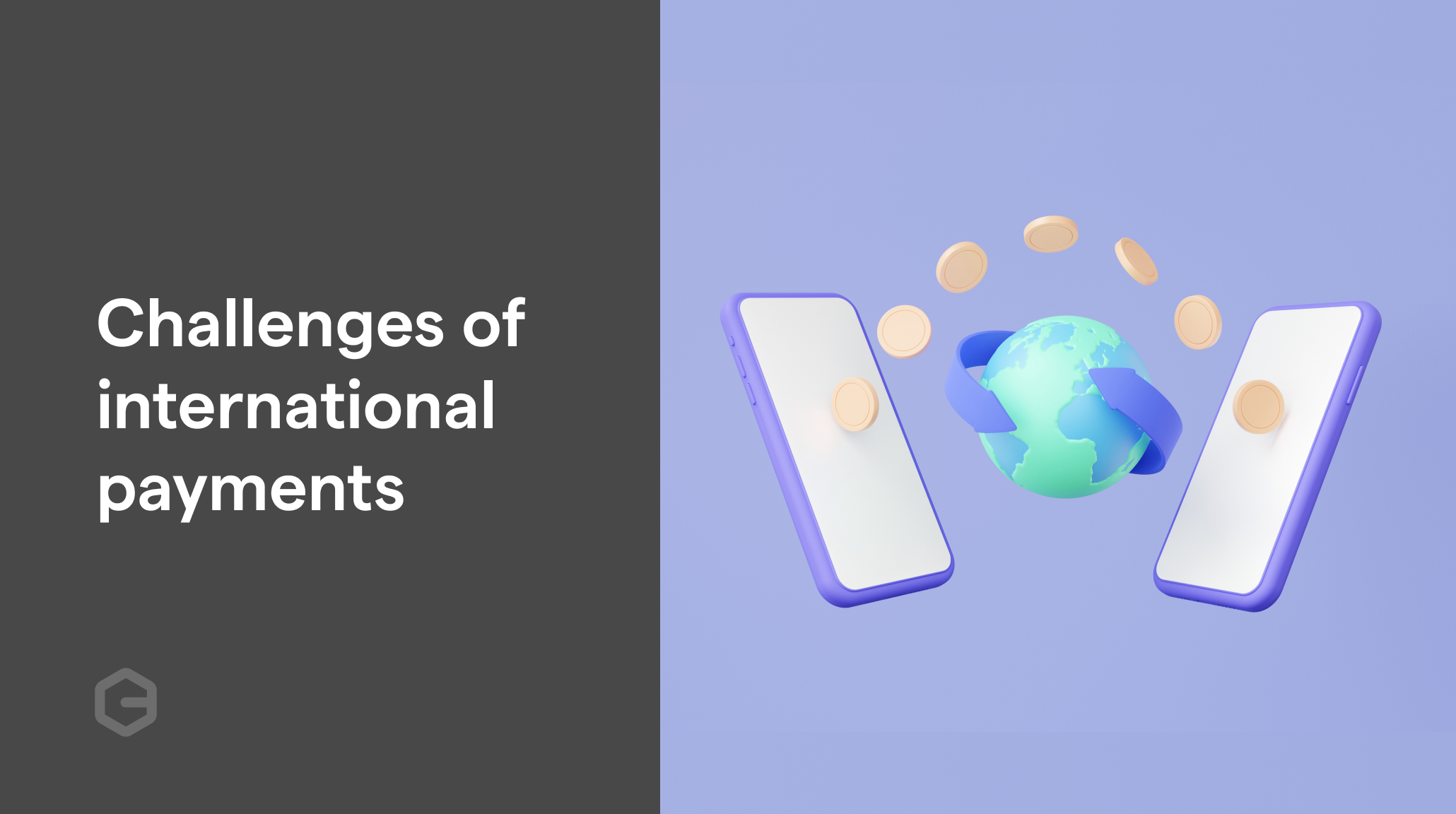Are you familiar with the key differences between CIF and FOB, and how they can impact your international shipping strategy? While shipping internationally, CIF and FOB are two of the most commonly used Incoterms that define the responsibilities and risks for buyers and sellers.
Both terms outline who is responsible for costs such as shipping, insurance, and delivery, however, they differ in terms of when the risk and ownership of goods transfer from the seller to the buyer.
Therefore, understanding the differences between CIF and FOB is crucial for export and import businesses, as these terms can significantly impact costs, logistics, and liability.
This blog provides a clear overview of CIF and FOB, with a focus on their key differences. It’s designed to help import and export businesses understand each term, its purpose, and which is best suited for their needs.
What is CIF?
CIF (Cost, Insurance, and Freight) is an Incoterm used in international trade to define the responsibilities of the seller and buyer in terms of costs, insurance, and risk transfer during the shipment of goods.
Under CIF terms, the seller covers the cost of transporting the goods to the destination port, including the cost of freight and insurance. However, the risk of loss or damage to the goods transfers to the buyer once the goods are loaded onto the shipping vessel.
Key Features of CIF
Here, take a look at the core features of CIF:
1. Seller Bears Transportation Costs
The seller is responsible for covering all transportation costs, including freight charges, to get the goods from the seller's location to the destination port.
2. Insurance Coverage by the Seller
The seller is required to obtain minimum insurance for the goods during transit. The insurance must cover the value of the goods plus 10%, ensuring that the buyer is compensated in the event of loss or damage.
Just as reliable insurance coverage ensures peace of mind during shipment, having a dependable international payment solution like PayGlocal can protect and streamline your financial transactions worldwide. Explore today!
3. Risk Transfer at the Port of Shipment
Although the seller covers the transportation and insurance costs, the risk associated with the goods transfers from the seller to the buyer once the goods are loaded onto the shipping vessel at the port of origin.
4. Buyer Responsible for Unloading and Further Costs
Once the goods reach the destination port, the buyer is responsible for unloading the goods and covering any further costs, such as customs duties, taxes, and transportation to the final destination.
5. Used Primarily for Sea and Inland Waterway Transport
CIF is typically used for sea freight or inland waterway shipments, making it ideal for businesses that are engaged in international trade of large, bulky goods transported by ship.
Also read: E-Invoicing Under GST: Everything You Need to Know
Now that you've got a handle on CIF, let's switch gears and dive into FOB to see how it differs.
What is FOB?
FOB (Free on Board) is an Incoterm commonly used in international trade that defines the point at which the responsibility, ownership, and risk of goods transfer from the seller to the buyer.
Under FOB terms, the seller is responsible for all costs and risks up to the point where the goods are loaded onto the shipping vessel at the port of origin. Once the goods are on board the vessel, the buyer assumes responsibility for transportation costs, insurance, and risks for the remainder of the shipment.
Key Features of FOB
Here, take a look at the core features of FOB:
1. Risk Transfer at the Port of Shipment
The risk of loss or damage to the goods passes from the seller to the buyer once the goods are loaded onto the shipping vessel at the port of origin. After that point, the buyer assumes all risks associated with the shipment.
2. Seller Covers Costs up to Loading
The seller is responsible for all costs associated with the goods until they are loaded onto the vessel. This includes export duties, customs clearance, and any handling charges at the port of origin.
3. Buyer Responsible for Freight and Insurance
Once the goods are on board, the buyer assumes responsibility for the cost of freight, insurance, and any additional costs involved in transporting the goods to the final destination. The buyer must arrange and pay for the insurance if desired.
4. Clear Division of Responsibilities
FOB provides a clear separation of responsibilities between the seller and buyer. The seller's obligation ends when the goods are loaded onto the vessel, making it easier to define liabilities and risks for both parties.
5. Primarily Used for Sea Freight
FOB is primarily used for sea or inland waterway transportation. It is well-suited for international shipping of goods by ship, particularly when the buyer wants more control over the shipping process.
Also Read: Mastering Exports: A Complete Guide to Letters of Undertaking (LUT) for Indian Exporters
Having explored both CIF and FOB, it's time to break down the key differences that can make or break your logistical strategy. Stick around—this is where it gets essential!
Top 10 Crucial Differences Between CIF And FOB
CIF and FOB are two of the most commonly used Incoterms in international trade, and both define the responsibilities of the buyer and seller in terms of costs, insurance, and risk during the shipment of goods.
However, there are significant differences in how these terms allocate responsibility and risk between the two parties. Here’s a detailed explanation of the 9 key differences between CIF and FOB:
| Aspect | CIF (Cost, Insurance, and Freight) | FOB (Free on Board) |
|---|---|---|
| Responsibility for Freight Costs | Seller covers shipping costs to the destination port, including freight and insurance. | Buyer pays for freight once goods are loaded at the port of origin. Seller's cost responsibility ends at loading. |
| Insurance Coverage | Seller provides insurance coverage during transit to protect buyer against loss or damage. | No seller insurance obligation; buyer arranges insurance post-loading. |
| Port Responsibilities | Seller's responsibility extends to destination port, but risk transfers at loading. | Seller responsible only until loading; buyer takes over all costs and risks thereafter. |
| Costs Beyond Destination Port | Buyer handles costs beyond destination port, such as unloading and import duties. | Buyer covers all costs post-loading, including shipping and post-arrival expenses. |
| Control Over Shipment | Seller manages transport to destination, selecting carrier and handling freight logistics. | Buyer has control over shipment, choosing carrier and managing logistics post-loading. |
| Use in Sea Freight | Common for complex, long-distance shipping where seller provides comprehensive service, including insurance. | Often used when buyer prefers control over shipping logistics and arrangements. |
| Trade Relationships | Suitable when seller is experienced with shipping logistics and buyer wants minimal involvement until goods arrive. | Ideal for buyers with shipping experience or established carrier relationships, preferring to manage logistics. |
| Payment for Loading Costs | Seller bears loading costs. | Seller covers loading costs, but buyer assumes all expenses immediately after loading. |
| Legal Implications | Seller arranges carriage and insurance, affecting liability in disputes. | Buyer arranges shipping and insurance, giving them greater legal control post-loading. |
Still curious about which term suits you best? Let’s wrap it all up with a quick conclusion to help you decide!
Conclusion
In conclusion, both CIF and FOB are valuable Incoterms in international trade, but each offers distinct advantages depending on a business’s needs and preferences.
CIF is ideal for buyers who prefer minimal involvement in the shipping process, as the seller handles transportation, insurance, and freight up to the destination port. This provides more security for the buyer, especially in complex shipping scenarios.
On the other hand, FOB gives the buyer greater control over logistics, allowing them to choose the shipping carrier and manage insurance after the goods are loaded onto the vessel, making it more suitable for experienced buyers or those with established relationships with shipping companies.
Ultimately, the choice between CIF and FOB depends on the level of control, cost responsibility, and risk a company is willing to assume in its export operations. Businesses should choose CIF when they want the seller to take on more responsibility for shipping costs and insurance, reducing their logistical burden.
Conversely, businesses should opt for FOB when they seek more control over the shipping process and are willing to manage the associated risks and costs after the goods leave the port of origin.
Regardless of which Incoterm you choose, aligning your logistics and payment systems can provide a harmonious and efficient global trade operation. Availing PayGlocal's diverse global payment solutions can be a valuable asset in optimizing these processes. Explore them today to effectively streamline your global transactions, regardless of your or your client's geographical location.


